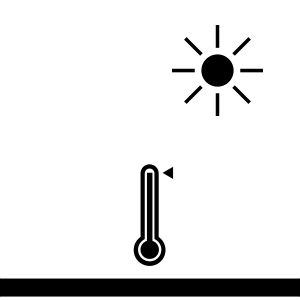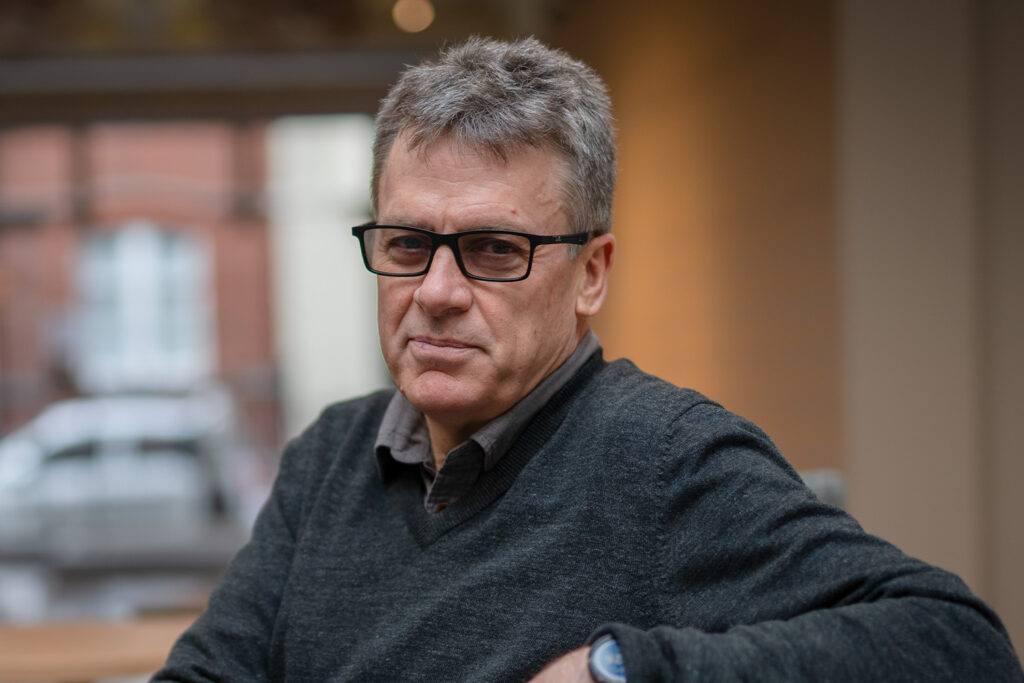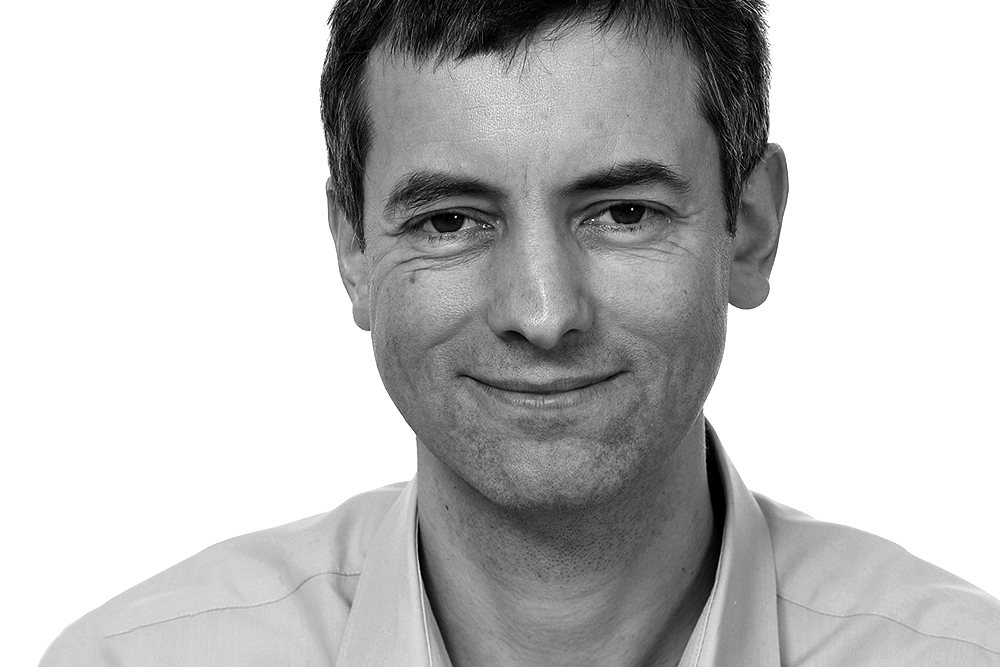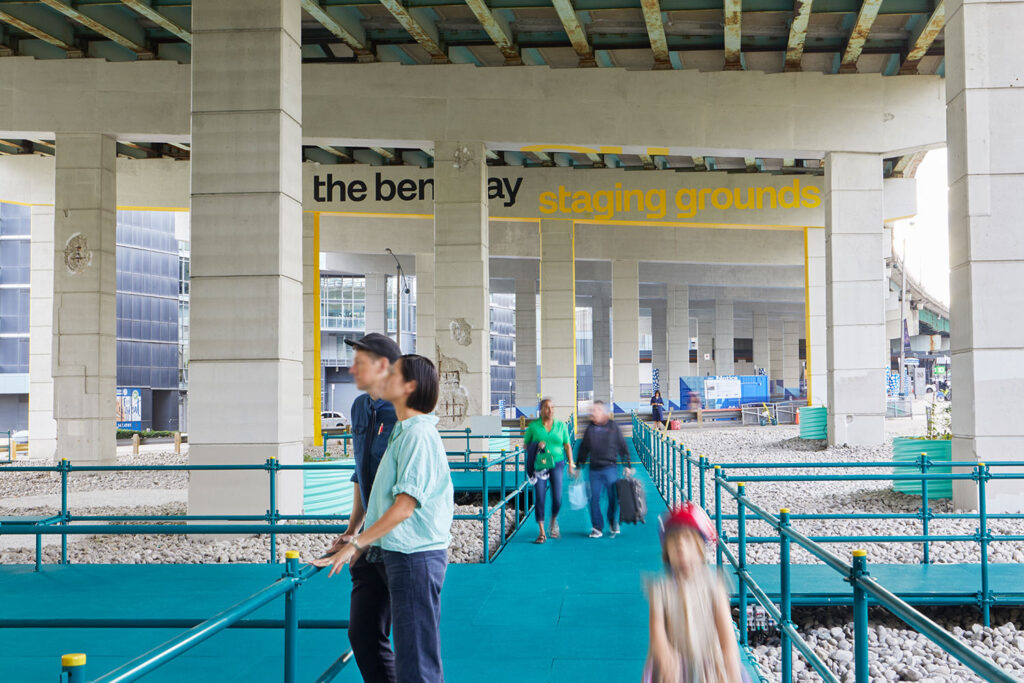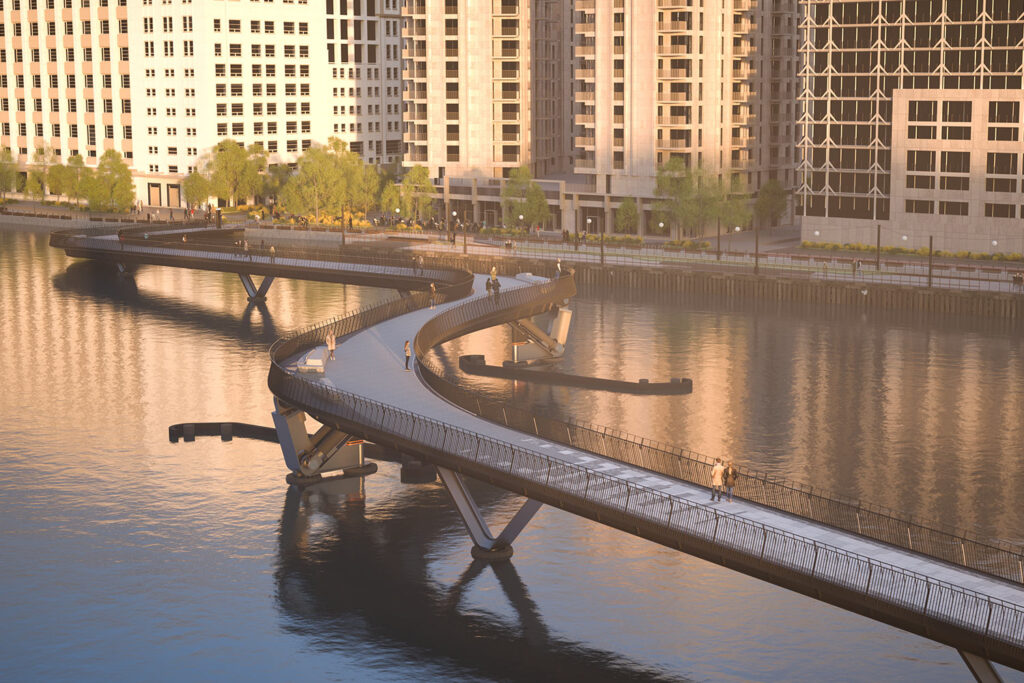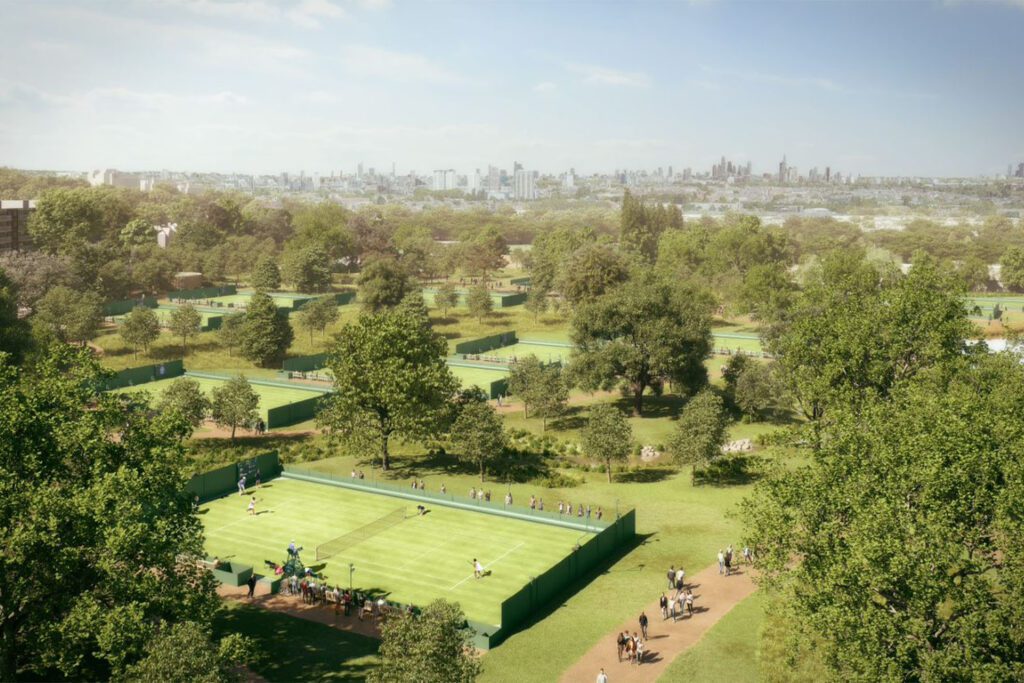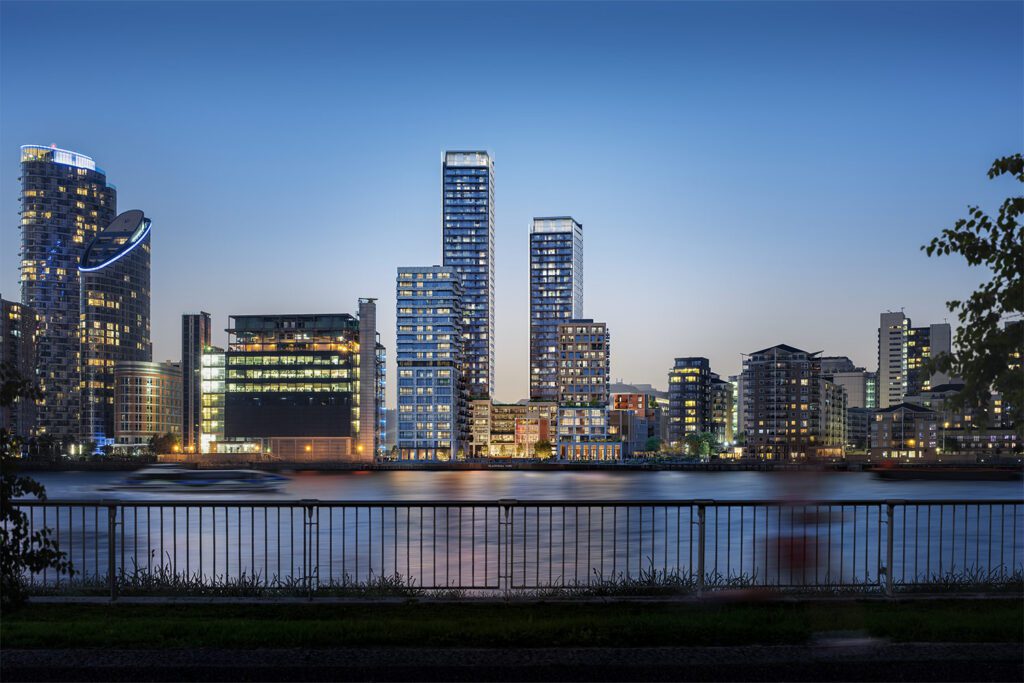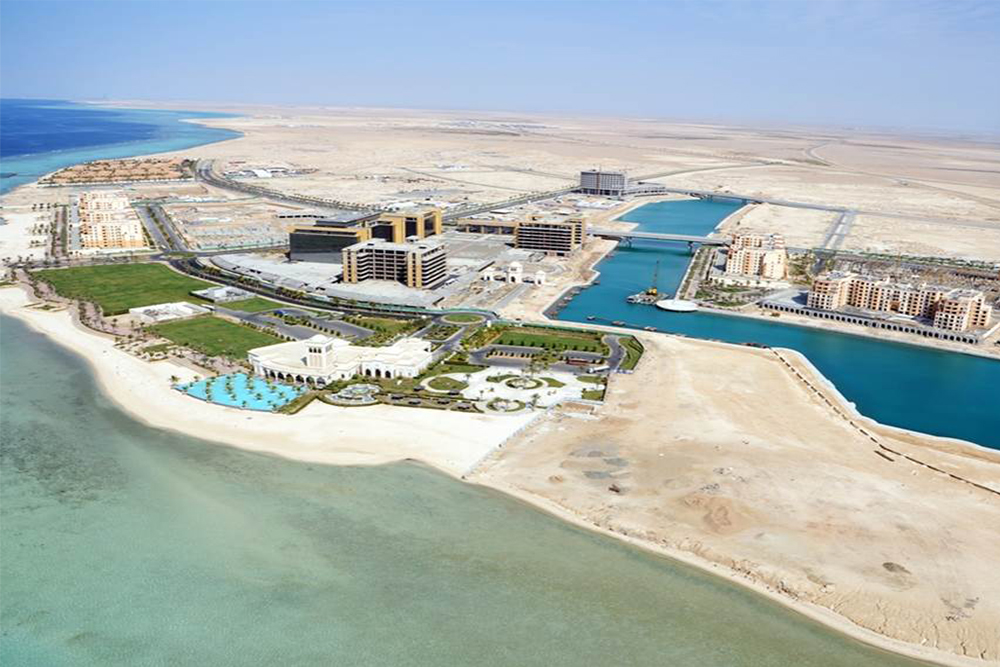
King Abdullah Economic City (KAEC)
King Abdullah Economic City (KAEC)
Project details
Client
Emaar
Collaborator
SOM (Masterplanning)
Duration
2006 – ongoing
Services provided by Buro Happold
Advisory, Bridge engineering and civil structures, Energy consulting, Environmental consultancy, Ground engineering, Infrastructure, Strategy and operating model design advisory, Sustainability, Transport and mobility, Waste management, Water
King Abdullah Economic City is a major new economic centre benefitting from a substantial new port facility and a station on the Haramain high speed train line, as well as being home to the King Abdullah University of Science and Technology (KAUST).
It will directly support rapid progress in Saudi Arabia’s economic development and international competitiveness.
Challenge
Part of a consortium led by SOM architects, Buro Happold Engineering was commissioned to review an existing masterplan and address how the client could secure a good economic return from substantial investments already made in the new city’s infrastructure and utilities supply. It was important that the city was responding effectively to national and international drivers, with an efficient, phaseable new concept masterplan that was in tune with the natural environment.
KSA has a number of tough environmental challenges. For example, despite its arid climate, heavy thunderstorms are not uncommon in winter, and in 2009 nearby Jeddah saw severe floods that resulted in a high death toll. This meant that our engineers had to carefully consider the implications of extreme climatic conditions on the masterplan. Our work also involved very detailed population modelling that fed into land use planning for the city, as well as the programme for phasing development that would yield the best return on investment.
Solution
Having carried out an economic baseline analysis and an industry sector review, Buro Happold’s economics team developed a full economic strategy. This identified potential target occupants of the city’s proposed industrial areas and the mechanisms by which investments in land holdings could be converted into sustainable economic activity.
Following our initial work, we were appointed to provide the full range of engineering services necessary to design sustainable transport, energy, water, waste management and earthworks strategies, to maximise use of available resources, enhance the natural environment and minimise infrastructure costs.
The original KAEC masterplan responded with extensive concrete drainage systems that had been sized to cope with 1 in 100 year events, which meant that they were expensively over-sized. Our innovative naturalised approach to storm water management took a broader ‘system’ view, combining pipes and concrete channels with swales, rivers and wadis to ensure that the scheme was not burdened with over-engineered and costly conventional solutions. This had the added advantage of creating high quality green spaces for residents to enjoy for much of the year.
The road system in the original masterplan featured major dual carriageways that carved their way through the planned city. Although urban road systems need to cope efficiently with the predicted volume of traffic, our experience of successful developments has clearly demonstrated that large roads that dominate the urban landscape are hostile to pedestrians and cyclists, and difficult for effective public transport. Therefore, our approached sought to define a more ‘proportional’ scale; with spaces around the roads that invite people in, helping to create vibrant communities, yet with enough space to enable dedicated bus lanes or trams to be added when the demand has grown.
This had the added advantage of releasing extra space for public realm and development, and reducing the infrastructure investment.
Simon Fryer, Technical Director
Value
With its port on the Red Sea and its station linking it to the Haramain railway, KAEC offers the best possible trade and transport links in Saudi Arabia. The scheme also includes expansive areas dedicated to housing, including coastal and downtown zones. Our work has ensured that the development will be an economic success while offering high quality living and working environments.

